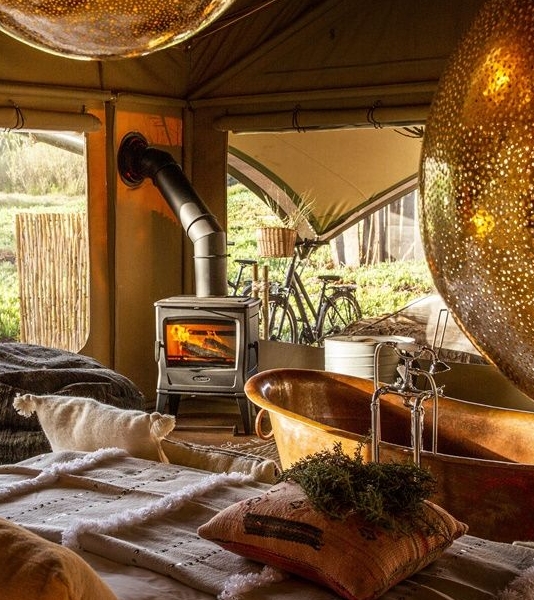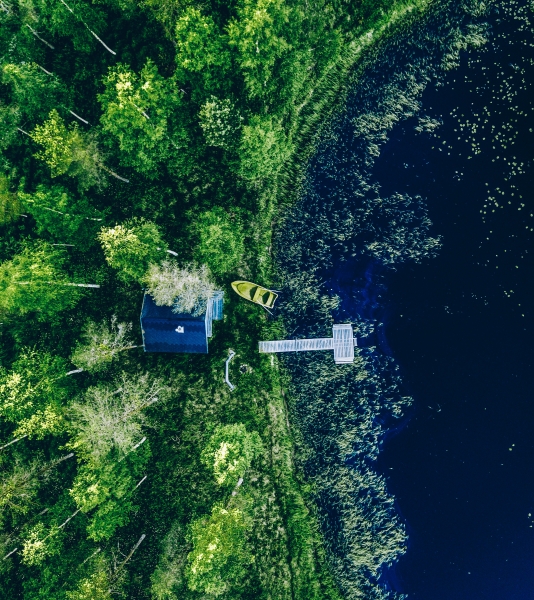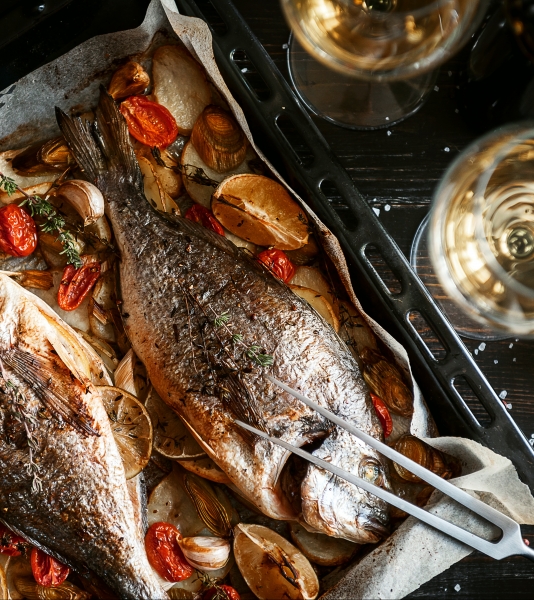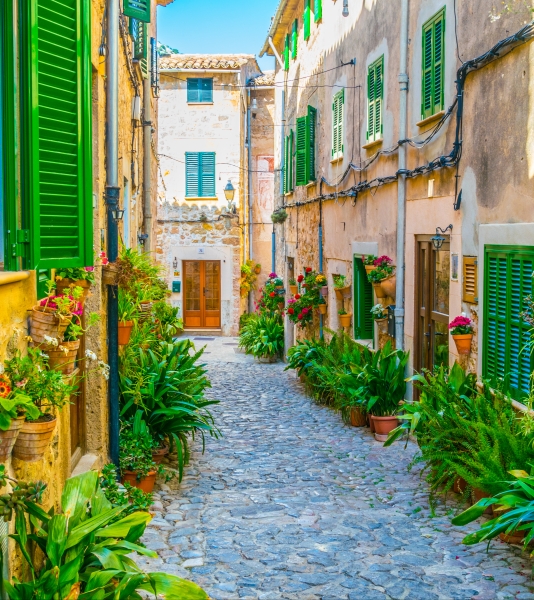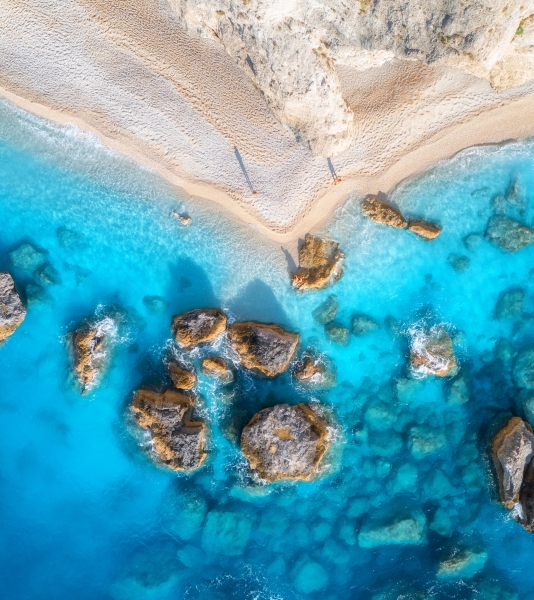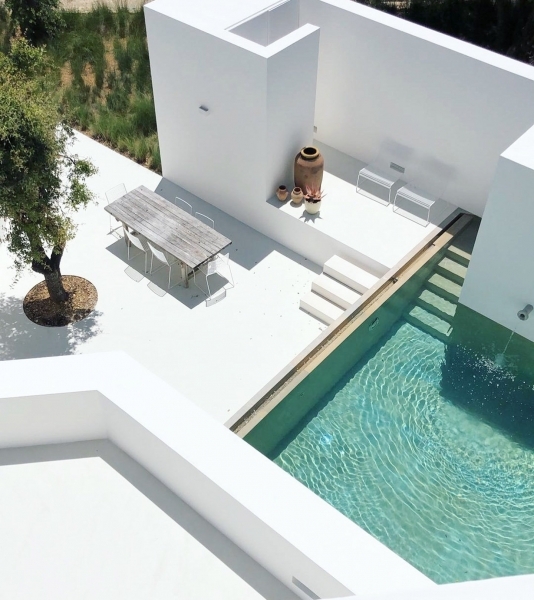The best places to stay in Normandy?
Normandy is a picturesque region in northern France, rich in history, nature, and culinary delights. Shaped by a varied past, Normandy has preserved its cultural identity and welcomes visitors with open arms.
The people of Normandy are hospitable and proud of their traditions. Their language, architecture, and music reflect the rich cultural diversity that has emerged over the centuries through trade and exchange. Once a significant cultural center, Normandy has retained its nostalgic charm to this day.
The region is surrounded by the beauty of the sea and separated from other French regions by green landscapes. Historical cities and charming villages attract visitors who want to explore the unique atmosphere and numerous attractions.
Our recommendations for your visit:
- Activities such as watersports, paragliding, and visiting the D-Day landing beaches offer exciting opportunities to experience the history and nature of Normandy up close. • Normandy offers a diverse history and impressive monuments, such as Mont Saint-Michel and the famous Bayeux Tapestry.
- Natural wonders: The region is a paradise for nature lovers with its wild coast, picturesque rock formations in Étretat, and the unique Cotentin Peninsula.
- Culinary delights: delicious seafood, diverse cheese varieties, and salted caramel. The regional markets are a delight for gourmets and a meeting place for locals and visitors.
We have carefully selected unique accommodations in Normandy that reflect the charm and beauty of this region. Whether small country hotels, stylish vacation rentals, or romantic hotels for couples - we have something for every taste.
In our selection, you will find:
- Romantic Hotels & Honeymoon Destinations in Normandy
- Country Hotels and Accommodations in Nature in Normandy
- Family-Friendly Hotels in Normandy
- Culinary Travel Experiences in Normandy
- Idyllic Village Stays in Normandy
- Pet-Friendly Hotels in Normandy
- Beachfront Hotels and Villas by the Sea in Normandy
- Villas and Vacation Rentals in Normandy
Our favourite towns, villages and accommodations in Normandy
However, Normandy offers much more than beautiful beaches and idyllic villages. A trip to Normandy allows you to delve into the region's diverse history and impressive monuments.
For example, the emblem of Normandy - the Mont Saint-Michel abbey. The oldest parts of the monastery date back to the 13th century. The Mont Saint-Michel abbey stands out due to its spectacular location directly on the beach, surrounded by tides. It appears as a mighty fortress, connected to the mainland only by a wooden footbridge. Since the Middle Ages, the island has been a popular pilgrimage site, and during the French Revolution, it served as a prison.
The famous Bayeux Tapestry, which can be admired in Bayeux, is another truly special historical relic and definitely worth seeing.
In more recent history, Normandy played a significant role. In 1944, when the Allies landed on the European continent, they did so on the Normandy coast. Numerous museums commemorate the events of the D-Day landings in June 1944.
The striking Alabaster Coast of Normandy not only boasts beautiful beaches but also harbors small towns nestled in valleys between cliffs. One such place is Étretat, the most famous location on the Alabaster Coast. The impressive rock formations Port d'Aval or La Falaise d'Amont are worth a visit. You can also enjoy great hiking here or visit the town's market hall, where you'll find various arts and crafts. Le Tréport, also located on the chalk coast, is a charming and authentic village. The highlight of this fishing village is the colorful half-timbered houses from the Belle Époque era, lining the beach promenade.
Rouen, the capital of Normandy, stands out for its beautiful old town with many well-preserved half-timbered houses. The city center is car-free, allowing for relaxed strolls. The city is also known for the Gros-Horloge, an astronomical clock that used to serve as a tidal calendar in the past. The Church of Joan of Arc is also impressive; the square in front of the church is where the burning at the stake of Joan of Arc took place. There is also a museum dedicated to the historical figure of Joan of Arc. After visiting the museum, you can indulge in various regional specialties in Rouen's market hall.
Normandy is divided into two regions. North of Paris is Haute-Normandie, and a little further west is Basse-Normandie. Normandy is composed of five provinces: Calvados, Eure, Manche, Orne, and Seine-Maritime. Find here our handpicked selection of boutique hotels, B&Bs, vacation rentals near the beach and villas in the provinces of Calvados and Manche in Normandy.
Activities: from enchanting villages and wild coast
The diverse range of leisure activities in Normandy makes the region a fantastic destination. The unique coastline and landscapes of Normandy are perfect for various sports activities. Watersports such as kitesurfing, windsurfing, or catamaran sailing can be enjoyed particularly well along the wild coast of Normandy. And for those seeking a bigger adrenaline rush, paragliding over the hilly and green landscapes of Normandy is an option to try.
You can also take a trip to the Cotentin Peninsula, which is surrounded by the sea on three sides and showcases the most pristine nature of Normandy: marshes, meadows, cliffs, and the famous wild coast can all be found on the peninsula. It is, therefore, also great for extensive walks. The marshland on the peninsula, the Parc naturel régional des Marais du Cotentin et du Bessin, is now under landscape protection. In the north of Cotentin, the landscape with lush green pastures and hedges is reminiscent of the southwest of England or the countryside in Ireland.
In the east of the Cotentin Peninsula, you will find the landing beaches that the Allies used in World War II. These are a must-visit during your stay in Normandy as you can experience history in a particularly impressive way here. In Arromanches-les-Bains, one of the most important locations during this mission, you can visit the so-called Gold Beach: the artificial harbor that was built there at that time, and the museum in the town are excellent ways to delve into history. Just 20 minutes away from Arromanches-les-Bains is the tranquil town of Port-en-Bessin-Huppain. This authentic Norman village is a good starting point to visit various attractions on the Cotentin Peninsula. Stay in one of our beautiful vacation rentals in Port-en-Bessin-Huppain.
Renowned for its exceptional post-war architecture, Le Havre stands out. The city was largely destroyed and geometrically rebuilt by architect Auguste Perret. Opinions on the success of this reconstruction vary greatly, so it is best to form your own opinion of this city! Since 2005, due to its extraordinary architecture, Le Havre has been designated as a UNESCO World Heritage Site.
Art enthusiasts will find their haven in the garden of the small village of Giverny. It is one of the most famous gardens in Normandy, as it allows visitors to follow in Monet's footsteps. The artist Claude Monet often retreated here to gather inspiration. The garden and the house are publicly accessible.
The fishing village of Honfleur is also closely related to impressionist painting. The city's beautiful surroundings, colors, and light immediately reveal what attracted the Impressionists in the past. An important artist who contributed to Honfleur's fame was Eugène Boudin. You can learn more about the history and style in the Eugène Boudin Museum in Honfleur, where artists like Courbet, Herbo, and of course Monet and Boudin are exhibited. A former monastery in Honfleur now houses this stylish bed and breakfast – the perfect place to relax and enjoy the tranquility.
The renowned seaside resort of Deauville is a popular vacation destination in Normandy. Only about two hours away from Paris, Deauville is also beloved by Parisians. For a quieter ambiance, one can venture a little further to Trouville. Here, you will find plenty of beautiful beach villas and a pleasantly calm atmosphere.
The city of Bayeux is known for a very special tapestry, not one on the floor, but an 11th-century wall tapestry. In 50 embroidered pictures, it depicts the conquest of England by the Normans in 1066. Today, the Bayeux Tapestry is a UNESCO World Heritage Site. Bayeux, however, has much more to offer besides the tapestry: interesting museums and lovely gardens can be found in the city. Or simply stroll through the historic city center and soak in the city's atmosphere. The coast is also only about a 15-minute drive away. You can find a wonderful bed and breakfast in a 19th-century mansion in Bayeux.
Caen is a charming student city where you can experience the French way of life particularly well. The city is also known as the city of William the Conqueror. You should definitely visit the Chateau de Caen and the half-timbered quarter of the city. Nearby is the smaller village of Bretteville-l'Orgueilleuse, where we have found a unique castle hotel.
You can easily combine your stay in Normandy with a visit to Brittany, which directly borders Normandy. You can find our hotel guide to Brittany here.
Cider, Calvados and Camembert - and much more
Culinary-wise, Normandy is primarily known for the three big "Cs": Cider, Calvados, and Camembert. However, it offers so much more. The most diverse cheese varieties, fresh seafood, and salted caramel are just a few examples. You should look for these delicacies especially at the great markets in the region.
Start your indulgence with the tasty seafood, which is abundant in Normandy. The region was once France's first scallop region. Additionally, you'll find excellent oysters and mussels here.
In addition to cider and Calvados, Normandy is also fond of pear sparkling wine called Poiré. Or try the sweet liqueur Pommeau, which is made from apple juice and stops fermenting by adding Calvados. This results in a unique blend of apple aroma, infused with sweet and tart notes.
Cheese has a long tradition in France, including Normandy. The region is particularly known for its creamy Camembert. But you should also try other great cheese varieties during your vacation, such as Neufchâtel, Livarot, and Pont-l’Evêque.
The heart-shaped Neufchâtel cheese has a long history. It is made from cow's milk and has a creamy, soft texture. Enjoy the mild flavor of Neufchâtel combined with a piece of fresh baguette.
Livarot is known for its reddish-brown rind and intense, spicy flavor. It pairs well with baguette and is also frequently used in casseroles or gratins.
Originally produced in monasteries for self-consumption, Pont-l’Evêque is particularly rich and slightly spicy in taste. It is often found on cheese platters or sandwiches. In Normandy, it is often accompanied by cider as the flavors complement each other well.
Many of the cities mentioned above also have fantastic markets for regional products and groceries. One of the most famous is the market in Caen. It takes place twice a week and offers a wide selection of fresh fruits, vegetables, meat, fish, and cheese.
Or visit the market in Honfleur, which authentically reflects the charm of the picturesque coastal town. Here, you'll find not only the well-known food specialties from Normandy but also artisanal products.
These numerous markets are not just a way to buy fresh and regional food but also serve as pleasant meeting places for locals and visitors alike.
Our collections
Don’t know where to go? Let our collections inspire you.


